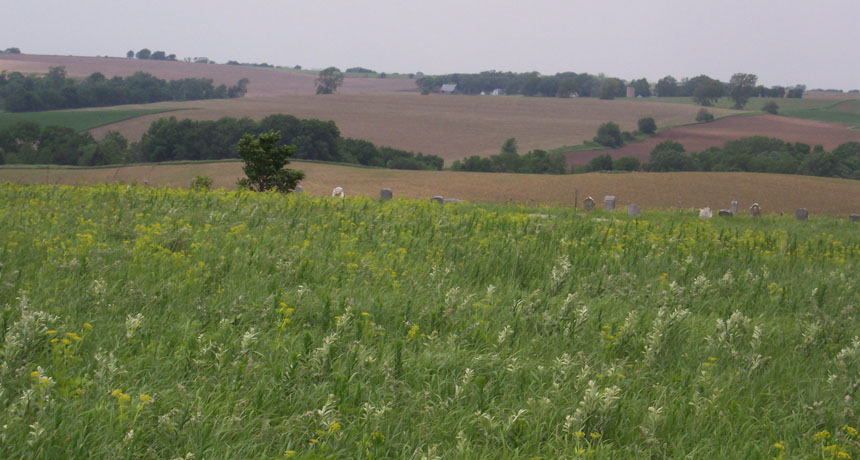Prairie microbes could aid region’s restoration

The contrast between prairie and farmland doesn’t stop at dirt. It's in the ecosystems' soil microbes as well.
Rebecca McCulley/Univ. of Kentucky

The contrast between prairie and farmland doesn’t stop at dirt. It's in the ecosystems' soil microbes as well.
Rebecca McCulley/Univ. of Kentucky